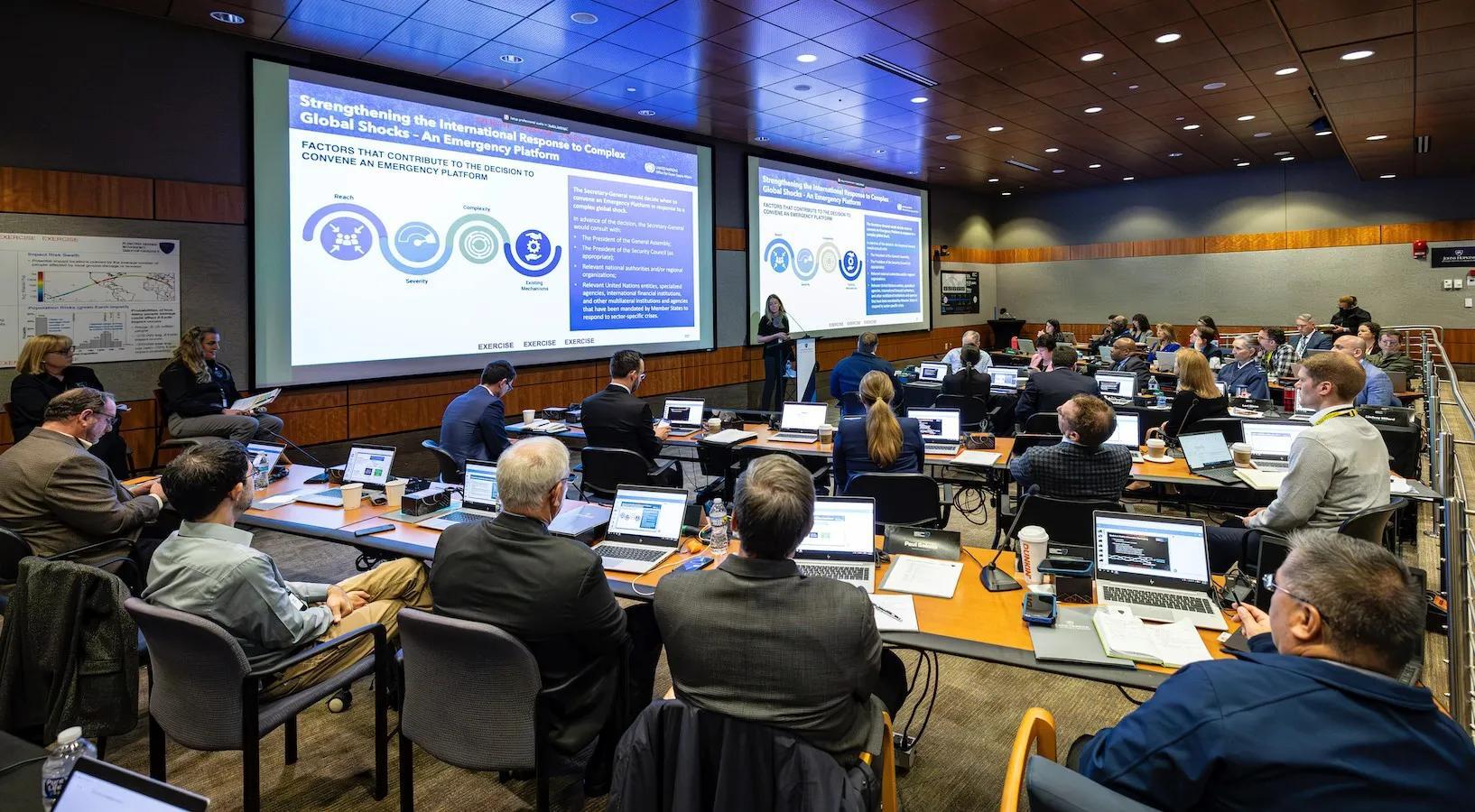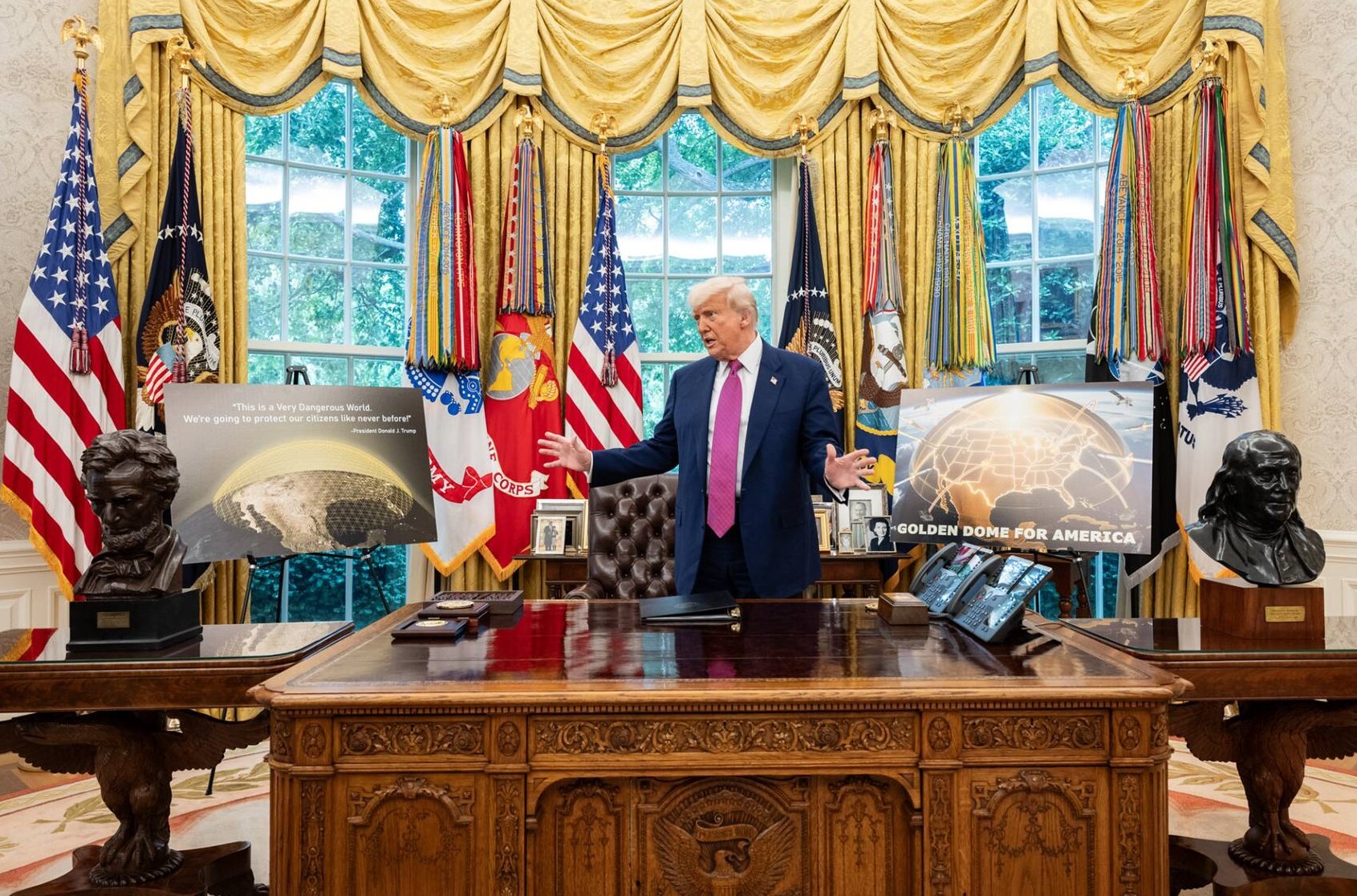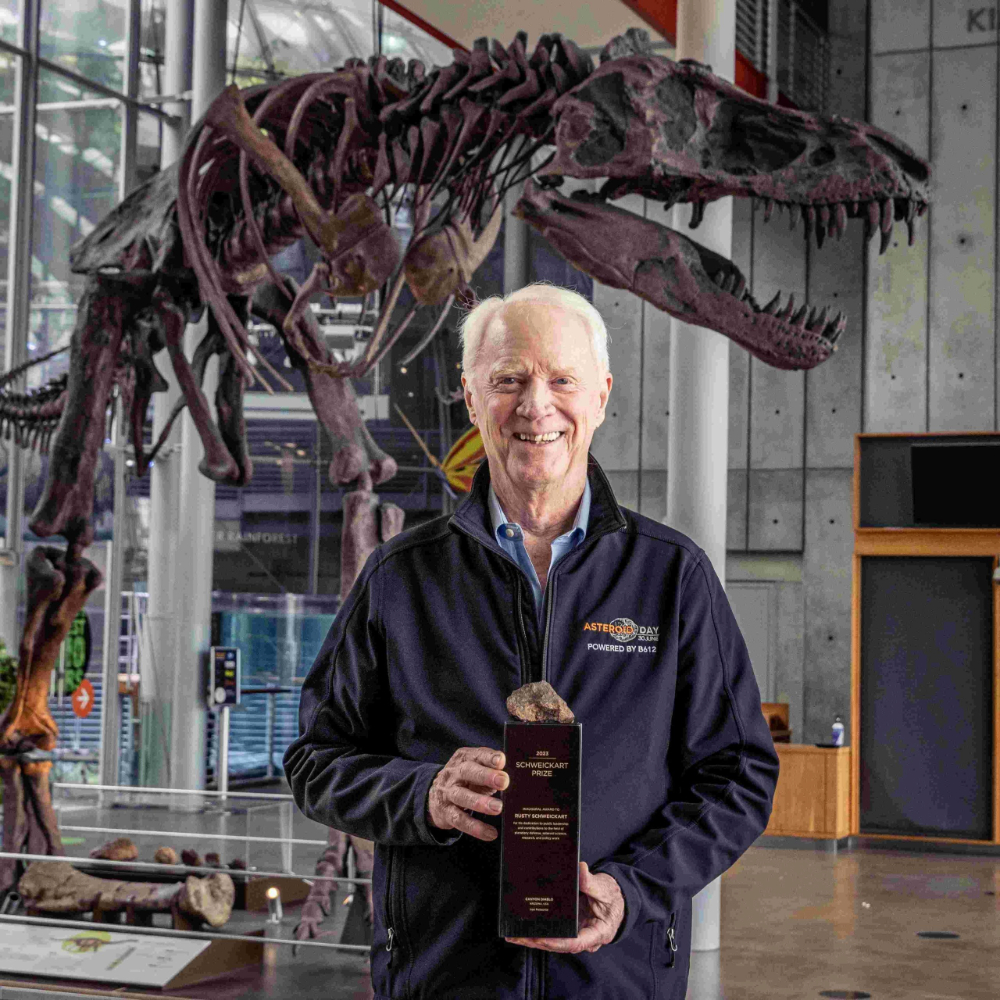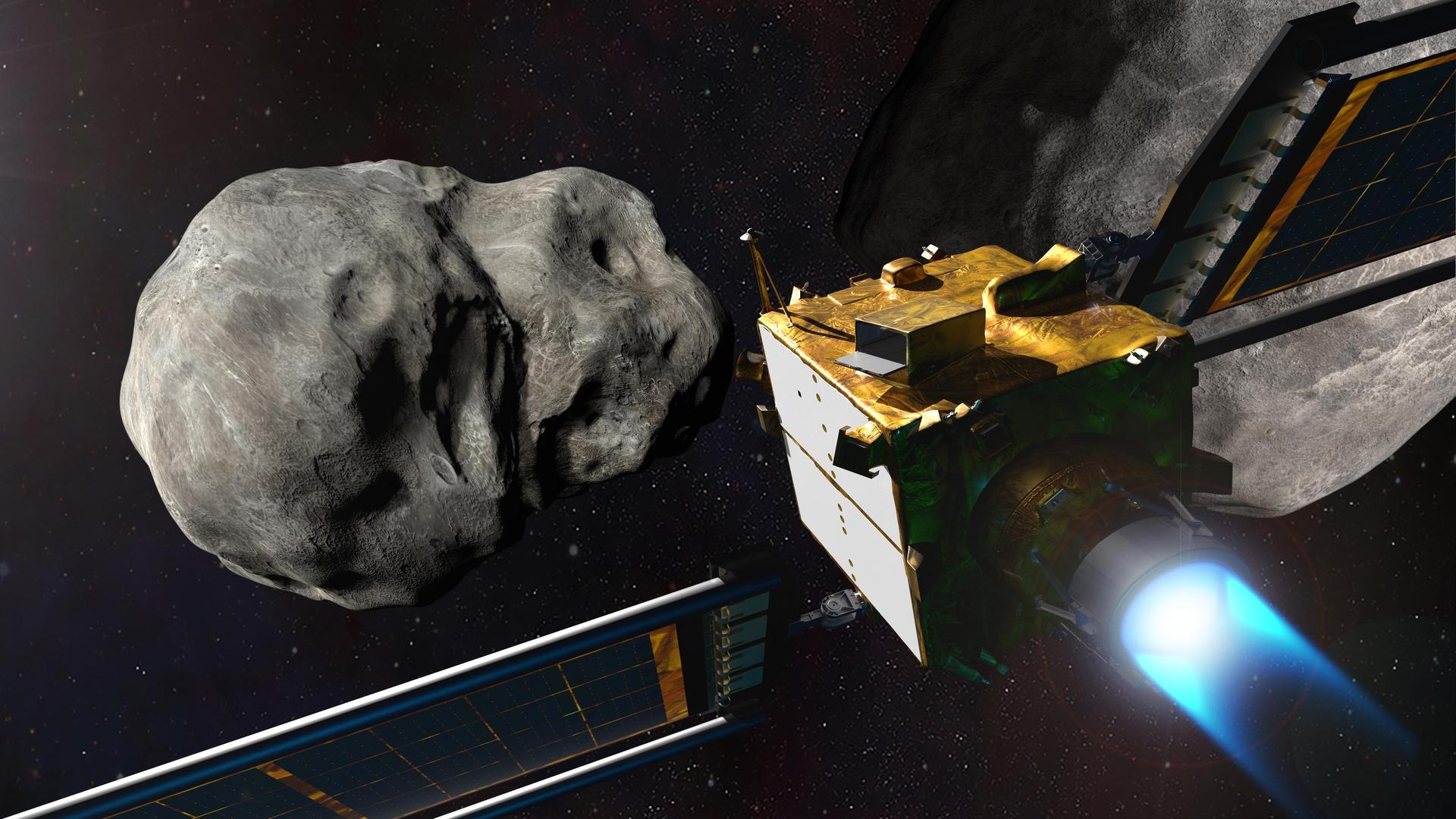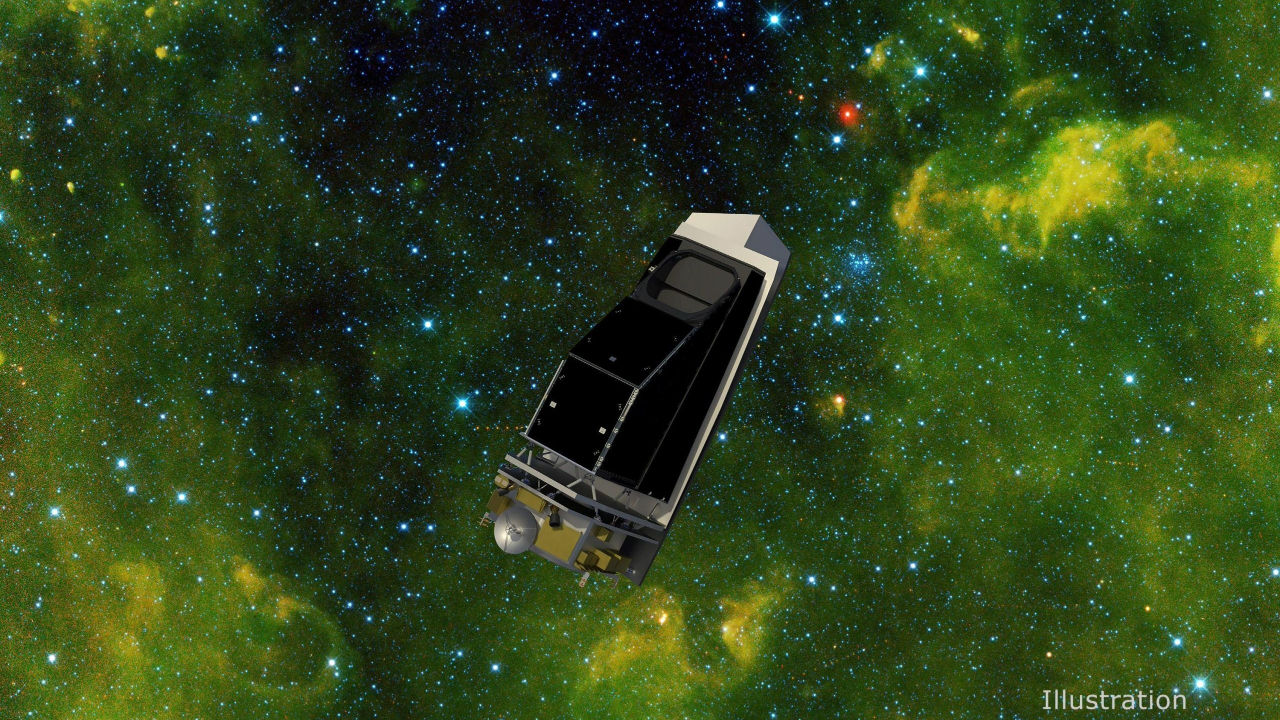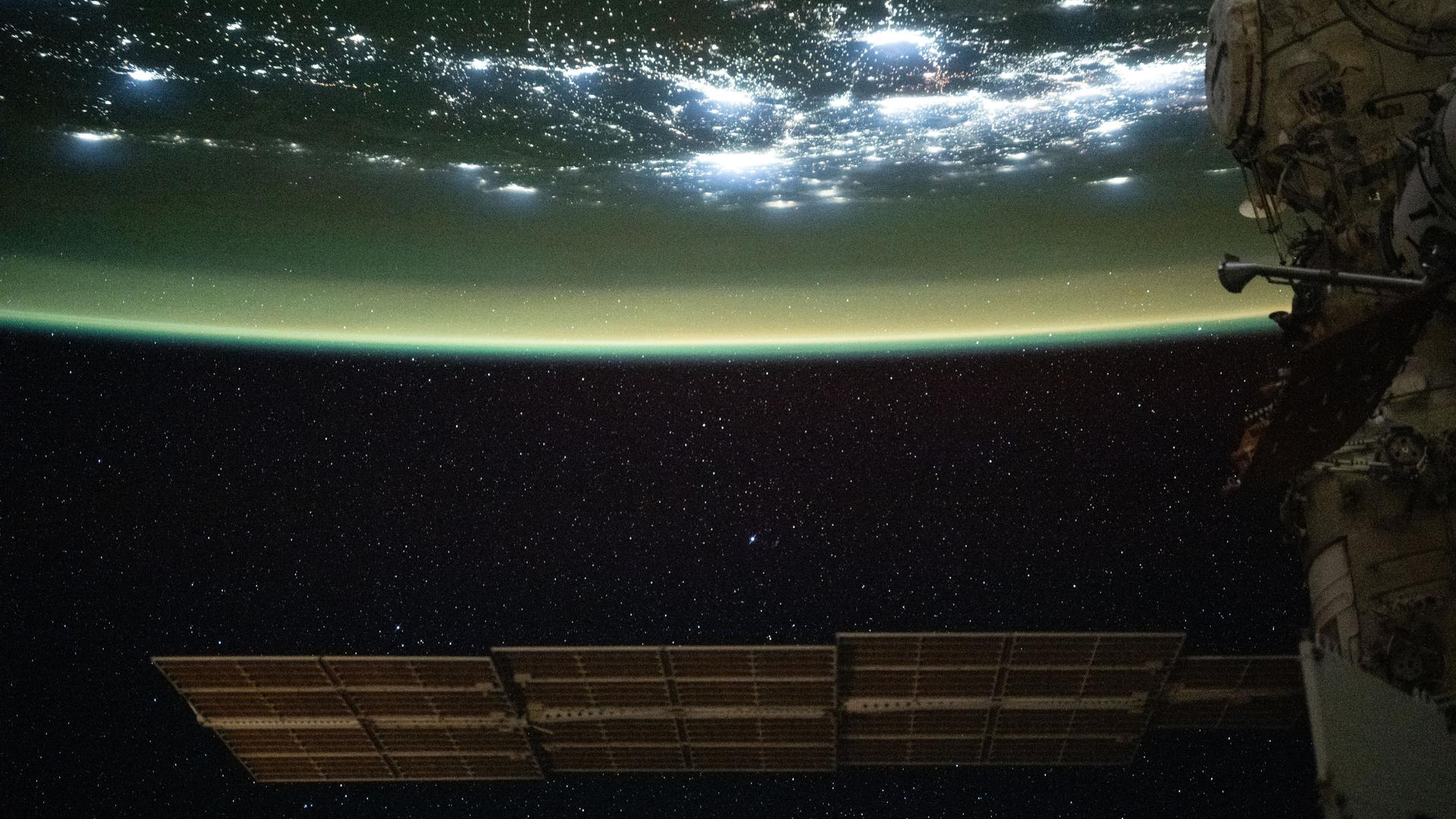NASA or the Space Force: Who should protect Earth from dangerous asteroids?

"In my opinion, planetary defense is an operational mission which should be formally tasked to U.S. Space Command."
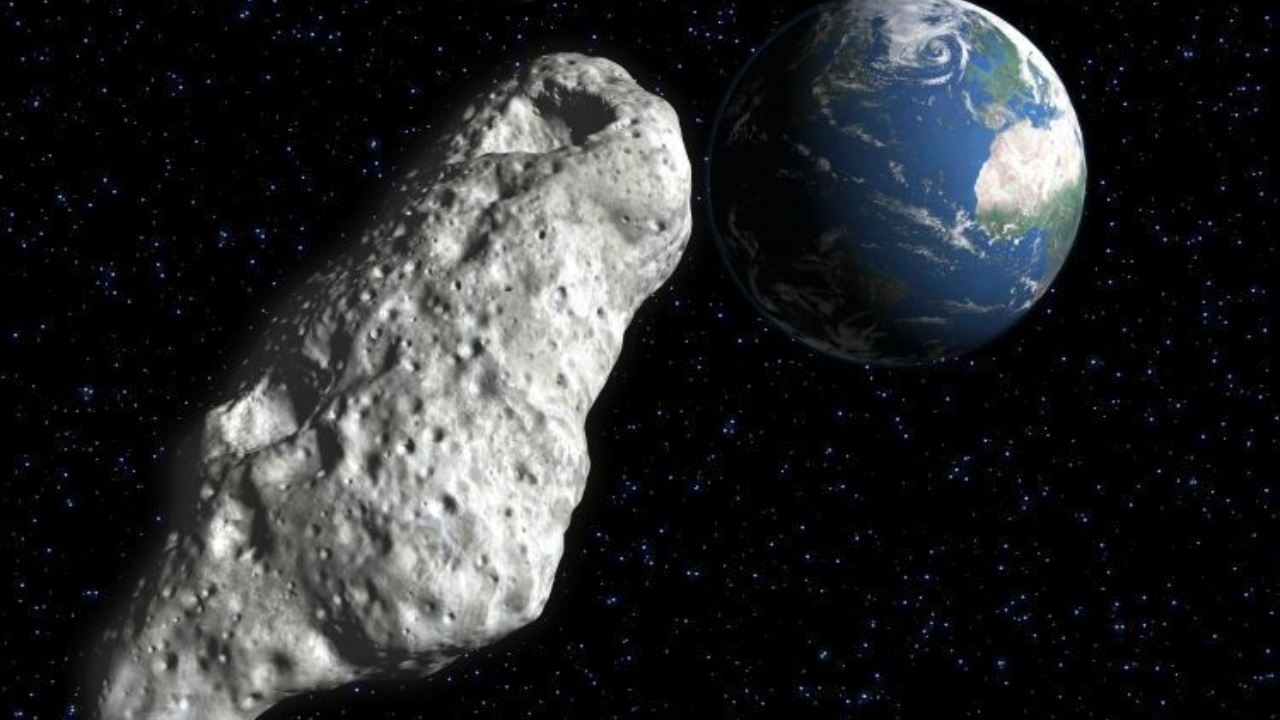
Recent NASA budget uncertainties could make one space agency endeavor up for grabs — defending Earth from incoming space rocks.
That effort, undertaken by NASA for many years, could be given to the U.S. Space Force, which has a much bigger new budget.
On the other hand, is a Space Force takeover of taking out potentially dangerous asteroids warranted, and what might be the ramifications of this switch?
From detection to deflection
Last May, the House Science, Space, and Technology Committee staged a hearing called "From Detection to Deflection: Evaluating NASA's Planetary Defense Strategy." In the hearing's opening statement, committee chairman Brian Babin (R-Texas) flagged several key facts:
- NASA's Planetary Defense Coordination Office (PDCO) leads the nation's mission to protect Earth from potentially dangerous near-Earth objects (NEOs) — asteroids and comets that come close to our planet at some point in their orbits. The vast majority of NEOs are harmless, but the big ones could cause serious damage if they line Earth up in their crosshairs.
- The U.S. has been keeping tabs on hazardous NEOs since the 1990s, but our efforts ramped up significantly with a major initiative that was passed as part of the 2005 NASA Authorization.
- That initiative, called the George E. Brown Jr. Near-Earth Object Survey Act, directed NASA to detect, track and catalogue 90% of all NEOs at least 460 feet (140 meters) wide within 15 years. Space rocks of that size can cause significant regional destruction if they hit Earth.
- Though we're five years past the original deadline set by that act, just 44% of those big, dangerous NEOs have been catalogued to date.
"Protecting our planet from threatening asteroids and comets must be a top priority for NASA," Babin said in the statement.
Defensible space
"In my opinion, planetary defense is an operational mission which should be formally tasked to U.S. Space Command, and it should fall to the Space Force to develop an operational capability," said Peter Garretson, a senior fellow in defense studies with the American Foreign Policy Council and a strategy consultant with a focus on space and defense.
Garretson told Space.com that planetary defense is a "whole-of-nation" mission, involving NASA, Department of Energy labs, the National Nuclear Security Administration and the Department of Defense and its assortment of research and development agencies.
Breaking space news, the latest updates on rocket launches, skywatching events and more!
NASA has taken the initiative and leadership in standing up the PDCO, enhancing detection and executing the Double Asteroid Redirection Test (DART) mission. DART was the first-ever demonstration of planetary defense technology, successfully altering the orbit of an asteroid by intentionally crashing a spacecraft into it.
DART successfully impacted the asteroid Dimorphos in the fall of 2022 and effectively altered the object's trajectory.
Golden Dome
"Hopefully, the administration and Congress will continue to fund the efforts of the PDCO," Garretson said. However, he added, "this is an obvious defense mission, and U.S. Space Force is tasked with space domain awareness for national security and to protect the nation's interest in space."
In Garretson's view, planetary defense is a natural extension of Golden Dome, President Donald Trump's proposed multi-layer defense system, which includes the use of space-based assets and is intended to detect and destroy various foreign threats.
"We are now at a point where we could develop an operational capability at relatively modest cost," Garretson said, "and that could be a major legacy for this administration."
Soft power
Arguments about NASA's advantage in soft power and international cooperation are nonsense, Garretson suggested.
"The DoD already has among the largest footprints for international cooperation, including regular and formal contact with Russia and China," he said. "Any cooperation on planetary defense is most likely among the spacefaring and nuclear powers, and therefore likely to take place between militaries anyway."
Garretson believes that "it is well past time to move this from a science and discovery additional duty at NASA to an operational space domain awareness and space control mission formally tasked to the Department of Defense."
Ordering this to happen could be via the President's Unified Command Plan, he added.
Public confidence
Not everyone agrees with Garretson. A handover of planetary defense to the U.S. military is a non-starter, according to Rusty Schweickart, who flew on NASA's Apollo 9 mission in 1969 and is now a leader in protecting Earth from having a run-in with a civilization-snuffing space intruder.
"One of the things we realized very early on, after bringing the planetary defense challenge to the U.N. Committee on the Peaceful Uses of Outer Space, is that there needs to be very widespread public confidence in the agency or entity in charge of providing legit information, making the critical decisions and actually executing the deflection, if required," Schweickart told Space.com.
Given that these activities will begin four to seven years prior to the predicted impact, the actual impact site will not be precisely known at the time, Schweickart said. "In fact, the probability of Earth impact may well be only one in five, or even one in 20 or so."
Planetary response
But if responsible action is to be taken, and if the public is to have confidence in what it's being told, the information should not come from any nation's military, Schweickart continued. "Any such designation would absolutely guarantee widespread public suspicion of self-serving national interest," he said.
Fundamentally, an asteroid impact and the planetary defense response to that threat, "is a planetary event, and a planetary response is what is demanded, not competing national — and presumably self-serving — entities," Schweickart cautioned.
That case was made clear in a 2008 report issued by the Association of Space Explorers International Panel on Asteroid Threat Mitigation, which Schweickart chaired.
Logical thinking is needed, Schweickart concluded. "But if what you want is to dispose of the threat and avoid widespread public chaos and panic, do not have any, and especially the U.S, military involved, other than, for example, internal domestic emergency response."
NEO Surveyor
Meanwhile, in the midst of NASA budget turmoil, the space agency's Near-Earth Object Surveyor (NEO Surveyor) mission is seemingly moving forward for launch no earlier than September 2027.
NEO Surveyor will find potentially hazardous objects because of its optimized sensitivity in the infrared part of the spectrum and observation cadence, according to NASA's Fiscal Year 2026 Budget Technical Supplement, which was issued on June 9.
That document notes that NEO Surveyor's primary goals are to: "(1) identify impact hazards to the Earth posed by NEOs by performing a comprehensive survey of the NEO population; (2) obtain detailed physical characterization data for individual objects that are likely to pose an impact hazard; and (3) advance the understanding of potential impact energies of potentially hazardous NEOs through characterizing physical properties, including object size, to inform potential mitigation strategies."
Getting the bright-eyed NEO Surveyor off the ground and on duty assumes, however, that it is not blind-sided by budget cuts.

Leonard David is an award-winning space journalist who has been reporting on space activities for more than 50 years. Currently writing as Space.com's Space Insider Columnist among his other projects, Leonard has authored numerous books on space exploration, Mars missions and more, with his latest being "Moon Rush: The New Space Race" published in 2019 by National Geographic. He also wrote "Mars: Our Future on the Red Planet" released in 2016 by National Geographic. Leonard has served as a correspondent for SpaceNews, Scientific American and Aerospace America for the AIAA. He has received many awards, including the first Ordway Award for Sustained Excellence in Spaceflight History in 2015 at the AAS Wernher von Braun Memorial Symposium. You can find out Leonard's latest project at his website and on Twitter.
You must confirm your public display name before commenting
Please logout and then login again, you will then be prompted to enter your display name.
